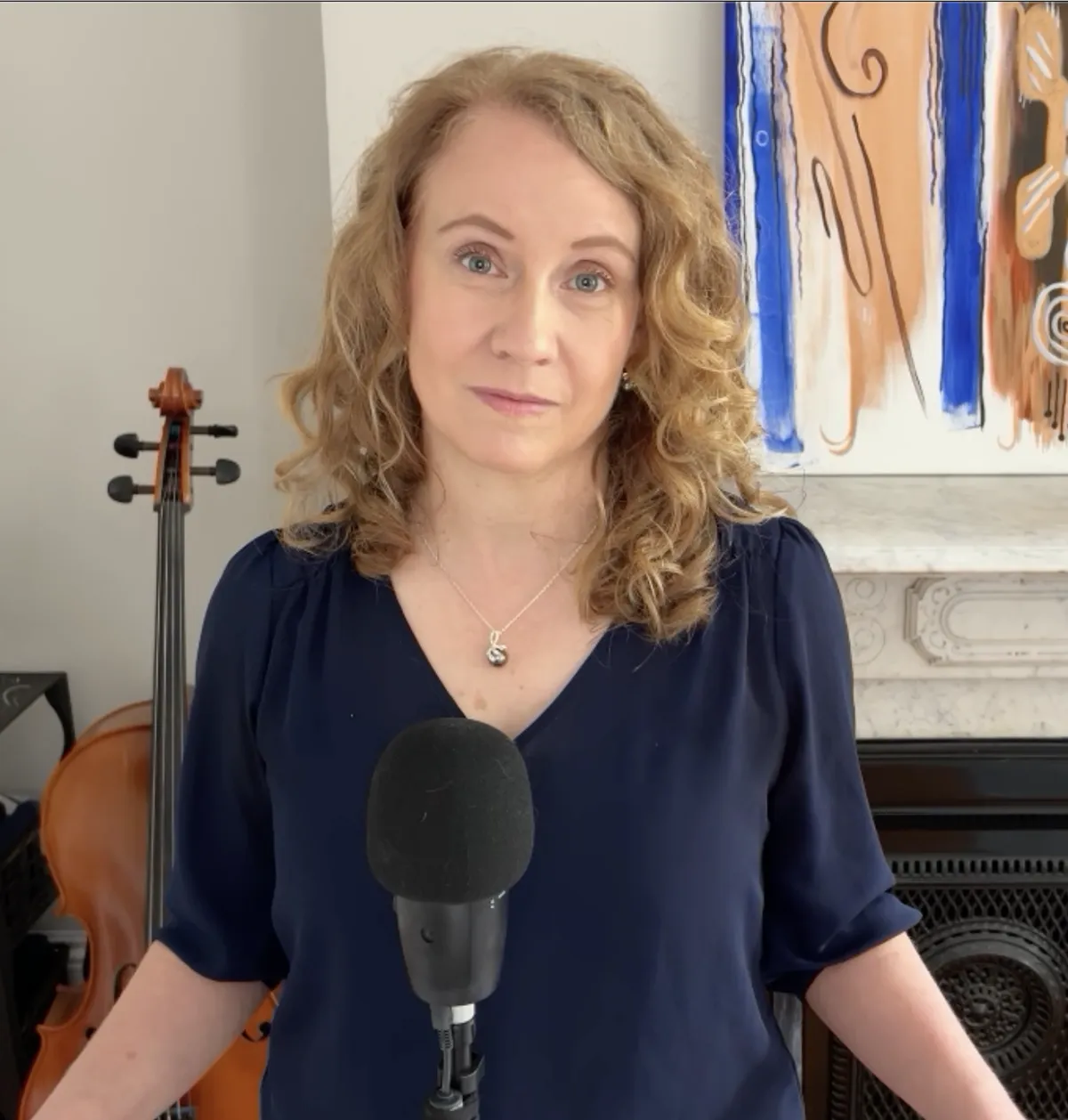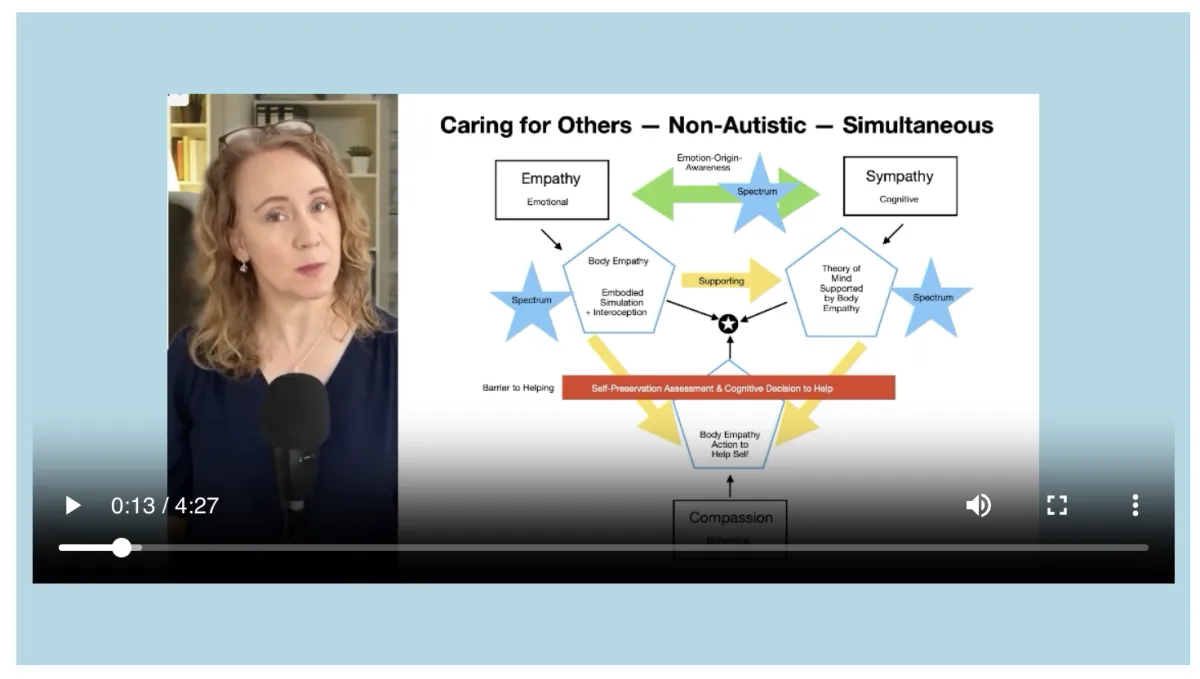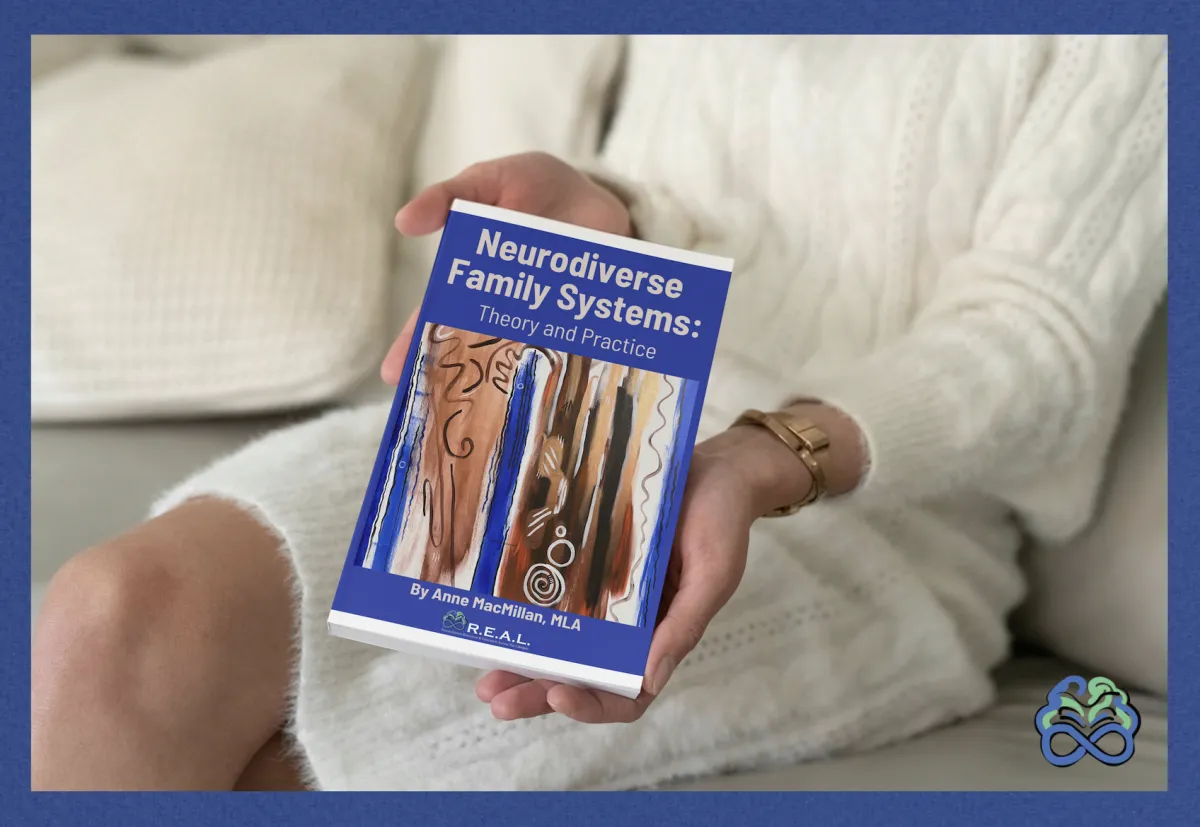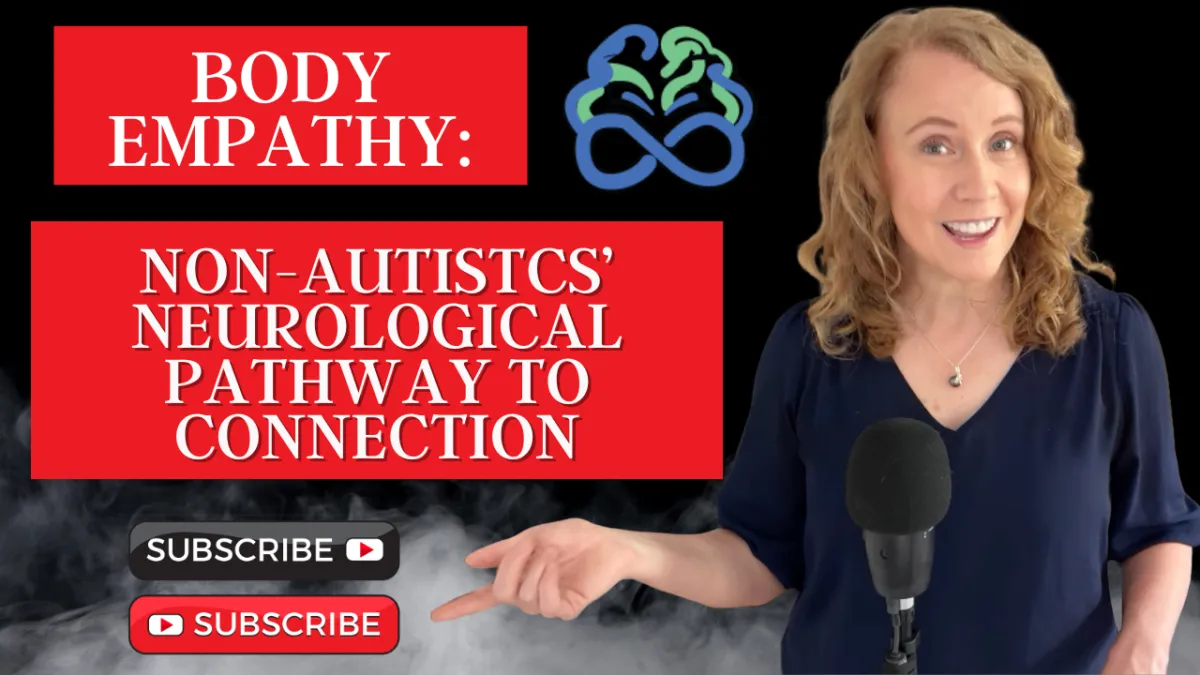
MacMillan's 10-Step Neurodiverse Family Systems Approach:
A Comprehensive Framework
to support neurodivergents and their families throughout adulthood.
R.E.A.L. Neurodiverse Programs For Professionals
WHAT ARE THE R.E.A.L. PROGRAMS?
Autism and other forms of neurodivergence shape how adults engage in social relationships—especially in families and intimate partnerships, where emotional demands run high and communication styles often differ.
Developed by Anne MacMillan, MLA, the R.E.A.L. Neurodiverse programs offer a clear, research-informed path forward. Built around a structured 10-step approach, these programs translate neuroscience, developmental psychology, and clinical insight into practical tools for real-life change. Adults gain access to targeted education, specialized assessments, and concrete strategies for building skills, making decisions, and strengthening relationships.
As awareness of adult neurodivergence expands, so does the demand for services that meet the moment—with depth, precision, and respect for every individual’s way of being.
WHY SHOULD YOUR PRACTICE USE THE R.E.A.L. PROGRAMS?
Neurodiverse families are commonly made up of autistic, attention neurodivergent (ADHD), and other neurodivergent family members. The different brains' different ways of perceiving and navigating the social world affect family social interactions, eliciting difficulties and distress that commonly lead to trauma and isolation.
In the mid-20th century, before neurodivergence in aNeurodiverse families often include autistic, attention neurodivergent (ADHD), and other neurodivergent members. Differences in how each brain processes social and emotional information shape everyday interactions—frequently leading to misunderstanding, relational strain, and social isolation.
In the mid-20th century, long before adult neurodivergence was recognized, psychology framed mental and relational challenges as evidence of disorder. Many neurodivergent individuals—unaware of their neurological differences—were mischaracterized as broken or dysfunctional. These labels disempowered them, and treatments that failed to account for brain-based variation often offered little meaningful support.
In the early 21st century, autism’s prevalence in children came into focus. Only now are we beginning to recognize the widespread presence of neurodivergence in adults. These adults are not disordered. They do not need to be “fixed.” They need access to insight, language, and tools that respect their neurology—so they can build skills, reduce suffering, and strengthen their relationships.
The R.E.A.L. Neurodiverse programs offer that path forward.dults was understood or recognized, psychologists began defining mental disorders that required treatment. Many neurodivergents, completely unaware that their brains were different, were unjustly labeled as "disordered" or "broken." These labels disempowered neurodivergents and treatments that didn't recognize brain differences offered little relevant support.
The high prevalence of autism in children was discovered in the early years of the 21st century. Today, we are finally recognizing multiple neurodivergencies in adulthood. These adults aren't "broken." They don't need "treatment" for "disorders." They need to understand the nuances of brain differences and have access to resources that will help them leverage their strengths and build skills to address their challenges.
The R.E.A.L. Neurodiverse programs offer solutions: solutions that work.

R.E.A.L. Neurodiverse
Resources & Education Across the Lifespan

Anne MacMillan, MLA
Author of the 10-Step Neurodiverse Family Systems Approach, Speaker, Researcher, Consultant, Coach, Educator and Expert Witness
WHO ARE THE R.E.A.L. PROGRAMS FOR?
Our comprehensive 10-step method is designed for use by psychologists, therapists, social workers, counselors, teachers, coaches, consultants, clergy, domestic violence workers, victim advocates and more.
The R.E.A.L. Neurodiverse Family Systems Approach is a comprehensive 10-step method for coaches, consultants, teachers, therapists, psychologists, social workers, mediators, domestic violence workers, victim advocates, spiritual leaders, and more.
The approach is designed to support professional growth through both structured education and direct relational experience. To access the full programs, at least one provider per office must complete our NFS-E Credential and become a Neurodiverse Family Systems – Educator. This ensures that each office has a designated provider who understands the framework and can guide implementation with fidelity.
While only one team member is required to complete the full credentialing process, all other providers receive meaningful and accessible support to ensure high-quality care across the team. Every provider begins with a clear, neurologically informed orientation that introduces the program’s foundational concepts, implementation principles, and ethical guidelines. From there, learning continues through guided use of the program materials with clients. As clients move through the 10-step structure, providers gain access to corresponding provider resources—learning in real time how to support neurologically diverse adults with clarity and care.
This approach reflects a core truth of neurodiverse relational systems work: while structured training is essential, deep understanding develops through direct experience. The program honors this by allowing providers to grow alongside their clients. Even those who are new to neurodiverse systems will find that the materials are intuitive, grounded, and developmentally attuned—inviting providers to apply their own wisdom while building confidence in a new and important domain.
WHAT MAKES R.E.A.L. DIFFERENT?
Traditional interventions are grounded in the assumption that relationship conflict can be resolved through shared dialogue and emotional processing. But in neurodiverse families and intimate life partnerships, these methods often overlook the root cause of distress: neurological mismatch.
The R.E.A.L. Neurodiverse model introduces a fundamental paradigm shift. Instead of beginning with group sessions, we start with the individual—recognizing that perception, empathy, expression, and regulation differ profoundly across neurotypes. Our structured 10-step program replaces generalized talk therapy with neurotype-specific education, tools, and developmental supports.
This shift moves providers away from pathologizing behavior and toward honoring difference. It reframes family and intimate partnership conflict not as dysfunction, but as the result of unmet neurological needs—and offers a clear, compassionate pathway for lasting change, even when only one partner or family member is ready to begin.



HOW DO THE R.E.A.L. PROGRAMS WORK?
The R.E.A.L. Neurodiverse Family Systems Approach guides adults—and the professionals who support them—through a structured but flexible 10-step process designed to build insight, reduce distress, and support sustainable relational growth. Clients receive materials tailored to their neurology (autistic or non-autistic), while providers use parallel resources that align with the client’s processing style.
Each of the 10 steps addresses a core dimension of neurodiverse relational life—such as empathy differences, neurological mismatch, relational role entrenchment, boundary development, problem solving, and cycles of trauma. Steps are sequential but adaptable, allowing providers to meet clients where they are without sacrificing developmental integrity.
Clients move through video-based educational content, guided assessments, structured reflection prompts, and integrative exercises that help them make sense of their experiences through a neurologically attuned lens. Providers receive step-specific guides that support interpretation, discussion, and skill-building, ensuring that support remains aligned with the client’s neurotype and developmental readiness.
Unlike many traditional models that prioritize behavior change or surface-level communication strategies, the R.E.A.L. Approach integrates neurological, emotional, somatic, and systemic layers of experience.
Tools range from conceptual mappings and guided journaling to artwork-based exercises and somatic strategies—supporting a wide range of processing styles and learning needs.
Because each client engages individually, the program remains effective whether or not other family members or partners are involved. When multiple participants are ready, shared theory and neurologically specific tools create a common language for growth without forcing consensus or conformity.
About Anne MacMillan:
I built my original Neurodiverse Family Systems Theory on my education, personal life experience, and the professional experience I gained in the private neurodiverse services practice I founded in 2017.
Today, my services extend to support other professionals who have come to the new realization that neurodiversity is at the heart of many of the relationship challenges their adult clients face. Professionals can use my practical 10-Step educational system, including quantitative assessments, integration practices, and support resources to help their clients comprehend their relationship challenges and find the happiness and peace they deserve.
I have a research-based master's in psychology from Harvard University and studied developmental psychology as an undergrad. I received the Director's Thesis Award at Harvard for my original research on Level 1 autism and intimate life partnerships — some of the first quantitative research on the subject in the world.
Altogether, I have over 50 years of personal life experience with neurodiverse family systems (I was born into a neurodiverse family), over 20 years of personal life experience with neurodiverse intimate life partnerships, and 8 years of professional experience working with individuals managing the challenges of neurodiverse family systems.
I self-identify as a high body empathetic neurodivergent and attention neurodivergent (ADHD). I am not autistic.

Anne MacMillan, MLA
Author of the R.E.A.L. 10-Step Neurodiverse Family Systems Approach, Speaker, Researcher, Consultant, Coach, Educator and Expert Witness

Recent Blog Posts

Understanding Body Empathy: The Non-Autistic Sense Supporting Connection
To better understand ourselves and the ways in which all brains function, it is essential to explore concepts that influence Neurodiverse Relationship Dynamics (NRD) (MacMillan, 2025) and that affect neurodiverse family systems. One such concept is "body empathy" (MacMillan, 2025), a sense that plays a significant role in how many of us connect with others. Body empathy, a sense akin to taste, sound, touch, smell, and sight, is deeply rooted in non-autistics' nervous systems and helps them navigate the social world in ways that are often unconscious.
Body Empathy Requires Embodied Simulation and Interoception
There are two components to body empathy: 1) embodied simulation, and 2) interoception (MacMillan).
Embodied simulation can be understood as the ability to internally simulate the actions of others, allowing us to experience, in part, what another person is experiencing (Gallese, 2007). Embodied simulation is facilitated by what neuroscientists refer to as the "mirror neuron system." Embodied simulation allows us to observe someone else performing an action, whether it's a non-autistic or autistic individual, specific neurons in our brains fire as if we were performing the action ourselves. This mirroring process is not just limited to visual observation; it can also occur through auditory cues. For example, hearing the sound of someone running up and down the stairs can activate the neurons in our brain associated with that action, even if we are physically inactive at the time.
MacMillan (2025) hypothesizes that individuals have varying levels of embodied simulation and that, in general, non-autistics have higher levels of embodied simulation than autistics.
A future article will address interoception and its role in body empathy.
The Neuroscience Behind Embodied Simulation
The mirror neuron system is one of two fundamental components of body empathy, the other being interoception. Mirror neurons, which are distributed throughout our nervous system, enable us to create a mental simulation of another person's actions, giving us a visceral understanding of their experience. This internal simulation is not merely a cognitive function; it involves the entire body, as our whole-body nervous system is engaged in the process. This connection between the brain and the body underscores the embodied nature of body empathy, making it a holistic experience that transcends simple observation, cognitive processing or theory of mind.
Embodied Simulation and Social Connection
Embodied simulation provides us with an immediate and often unconscious connection to others. When we witness someone else's actions, whether through sight or sound, our mirror neuron system activates, allowing us to empathize with their physical experience. This connection is particularly significant in social interactions, where understanding the physical and emotional states of others can enhance communication and strengthen relationships. For non-autistic individuals, body empathy plays a crucial role in fostering social bonds, as it enables them to intuitively grasp the experiences of others.
Implications of Body Empathy for Neurodiverse Interactions
Understanding body empathy is not just about recognizing a fascinating neurological phenomenon; it has practical implications, especially in neurodiverse interactions. For non-autistic individuals, being aware of their body empathy can lead to a more nuanced understanding of how they connect with others, including those on the autism spectrum who may not experience body empathy in the same way. This awareness can bridge gaps in communication, fostering empathy that is informed and accurate, rather than based on assumptions that everyone perceives the world in the same way.
In conclusion, body empathy is a vital sense that connects us to the physical and emotional experiences of others. By understanding this sense, both autistics and non-autistics can better navigate our social world, improve our relationships, and approach neurodiverse interactions with a deeper sense of awareness.
Support for Professionals and Clients:
Neurodiverse Credentialing and Practice Support for Psychologists, Therapists, Social Workers, Clergy, and Domestic Violence workers is available here.
Autistic and non-autistic members of neurodiverse family systems can reach out for support here.
Resources for Further Exploration:
Read Anne MacMillan's 2025 book entitled Neurodiverse Family Systems: Theory and Practice, available for pre-order.
Read Vittorio Gallesse's 2007 article entitled "Before and Below 'Theory of Mind': Embodied Simulation and the Neural Correlates of Social Cognition" published by The Royal Society, 362(1480), doi:10.1098/rstb.2006.2002.

Anne MacMillan, MLA
Author of the R.E.A.L. 10-Step Neurodiverse Family Systems Approach Available on the UnitusTI Cloud
About the Book
Neurodiverse Family Systems: Theory and Practice offers a groundbreaking framework for understanding the unique relational dynamics that emerge within families shaped by neurological difference. Bridging developmental theory, lived neurodivergent experience, and applied clinical insight, this book challenges conventional models and introduces a nuanced approach to working with autism, ADHD, and high body empathy across generations.
Essential reading for professionals seeking to deepen their understanding of neurodiverse relational systems, it invites a rethinking of how empathy, trauma, and identity operate within the family landscape—and how meaningful change begins with neurological clarity. connection, stability, and emotional peace.

© 2024 R.E.A.L. Neurodiverse
All Rights Reserved
anne@REALneurodiverse.com
Text or Call: (617) 996-7239 (United States)
